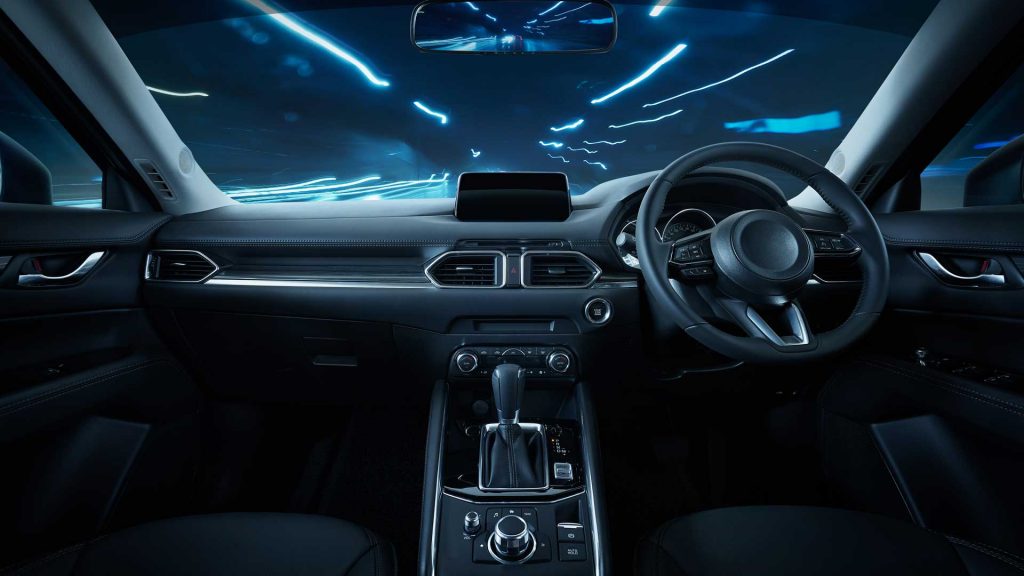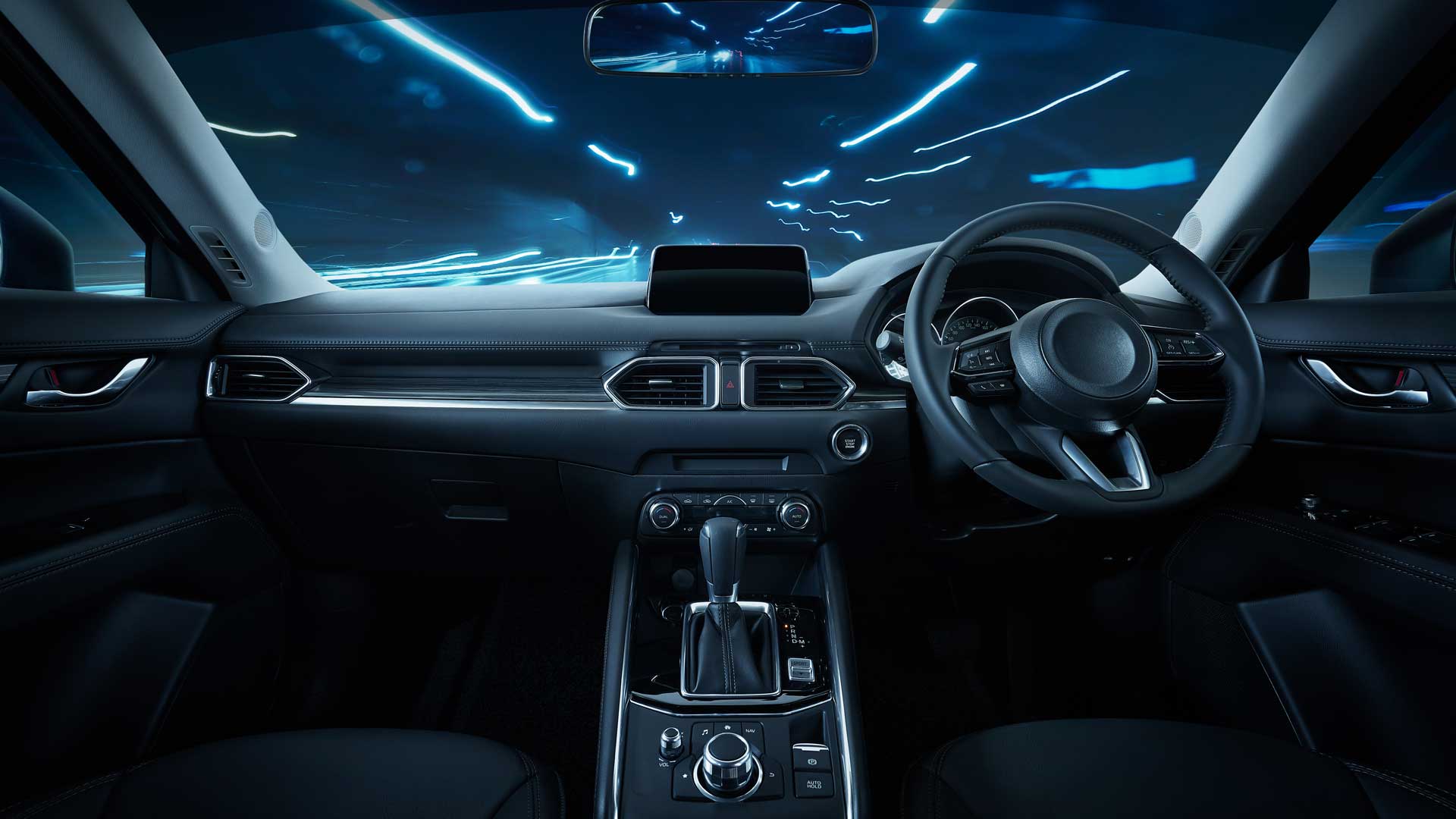CAR TECH UNPLUGGED
Manufacturers are pushing the limits!
COMPILED BY Dyan Seneviratne
Stunning car technology is racing faster than ever before with manufacturers continually pushing the boundaries of what’s possible. Currently, motoring is one of the key future car tech battlegrounds with drivers demanding more in both old and new vehicles.
Sony’s decision to build its own car for the recent Consumer Electronics Show (CES) highlighted how big a role car technology is going to play in the next decade or so.
While the Sony Vision-S itself is simply a test bed and promotional tool, CES showcased how different technologies have made greater progress than expected while some have been knocked back.
Here are a few innovative snippets on the status and progress of key features.
DASHBOARDS Speech recognition company Cerence (formerly Nuance) has been working with manufacturers for years. Its tech supports the ‘Hey Mercedes’ feature in the MBUX (Mercedes-Benz User Experience). Cerence demonstrated a system at CES that mixed speech commands, gesture control and eye tracking, which means there’s no need for physical switches. It’s due next year.
USER WARNINGS 5G is planning to fast track our mobile phone’s data connections. But Harman used CES to show that cars will be able to use the ultra-fast bandwidth to check for obstacles in their path and ping a warning to other road users, pedestrians or cyclists who are in the way. The tech is called Cellular Vehicle-to-Everything (C-V2X) and it’ll be on production cars from 2022.

VIRTUAL VISOR Bosch won an award at CES for its digital sun visor, which darkens the top of the windscreen in selected areas to avoid glare from the sun. It too is due next year.
MORE SENSORS Sony made the Vision-S because it wanted to showcase its expertise in sensors and the software that interprets data. Within the next two years, it seems inevitable that cars the size of Vision-S will have not only radar and stereo cameras but also some limited lidar capability to help the vehicle better judge its surroundings. These are also due in 2022.
BATTERY TYPES In theory, solid-state batteries are more energy dense than lithium-ion units and easier to charge more quickly. But expectations that the new format will take over by the middle of this new decade has dimmed. In 2020, BMW’s tech boss at the time Klaus Fröhlich explained at CES that “lithium-ion cells have progressed so well that they’ve pushed solid-state back. It’s 2025 to 2030 now, really.” It’s due in 2025.
CLIMATE CONTROL Car tech giant Valeo used CES to show a ventilation system that uses face recognition and infrared cameras to judge how warm each passenger is, and adjust settings accordingly. It’s said to be much more efficient than normal air conditioning and is also due in 2025.
SELF-DRIVING Manufacturers are facing up to the huge cost of developing fully self-driving cars. Even Level 3 (where the driver has to be ready to intervene) is taking longer than anticipated. While the Audi AI:ME was designed with an eye on full automation, there’s no realistic date for when cars will do the actual driving. Possibly by 2030?


